Will I Ever Get Better At Playing The Banjo?
“Will I ever get better?” is the perennial cry of the banjo pre-beginner (folks say there is no such thing as a pre-beginner but I have been one for 10 years…) or beginner banjo player. We always feel just a tad bit “lacking” in improvement despite all of our best efforts. The truth is that we have more than likely made more progress than we know.
A LOOK BACK:
I have been playing banjo for over 10 years. I tell folks that I SOUND like I have been a banjo player for “at least 10 minutes” which always gets a chuckle. The truth is somewhere in between.
The other day I pulled out some of my old song sheets. I was watching the “Muppet Movie” and was inspired to try my old arrangement of “The Rainbow Connection”. It actually has what NOW seem modest chord forms: Em, Bm, Bmajor, C, D7, and of course open G. Back when I first learned it I complained to my teacher about the Em and Bm; “Why are you so mean? Why do I have to do those chords? Can’t you make it easier?”
Today it is a different story. I can easily make those chords and the song is so much fun to play. I had no idea, 8 years ago, that it would EVER happen this way. And when I was first shown a C chord, I moaned for weeks. I can close my eyes and make a good C chord today but I NEVER thought the day would come those many years ago.
IN THE HERE AND NOW:
Sharing these stories is just a way of telling you that YES, you WILL get better!
So how do you measure this “unknown” progress?
- For those of you who have been playing a few months or more and are despairing, go back and pull out some of your first songs and play them. Easier than the first time? They should be…only we tend to forget how hard they seemed when we first learned them. You can borrow my old friend, “The Rainbow Connection”, if you can’t find any of your own favorites.
- Do you have a friend that you play with? Did you ever think you would be playing with anyone or in front of people? I never did.
The first time I had to play in front of a group it was at an elementary school. The school called the factory to see if someone would come out and read to the children during “literacy” week. I volunteered…heck, I at least knew how to read.
We set the date. The “week of” they call back to remind me and said, “Oh, and don’t forget your banjo so you can play for the kids.” WHAT? Who said anything about playing? So, I started practicing a couple of simple tunes but quite frankly, I was terrified at the thought of actually playing in front of anyone. I asked for the 1st graders, figuring they wouldn’t notice if I goofed up. I read them the book about the Yak who overcame his fears and we had a good time with that. Hey, I told you I could read. Then it came time to play. I thought it best to be honest with the children so I told them I was afraid because I had never played in front of anyone. I mustered up “Twinkle-Twinkle Little Star” while they sang and we also sang “Happy Birthday” to the child whose birthday was closest to that day. OK…I did miss a few notes but they didn’t notice my fumble or were too polite to say so. They all clapped and one sweet child looked up at me from her seat on the floor and said “You played really good.” God Bless Her! Since that day, I have taught others to strum banjo, played at our factory open house during the holidays and actually did a program or two at our local libraries. If you had told me I would do THAT 10 years ago, I would have questioned your sanity!
- If you have a metronome, this is a marvelous tool to help you understand how far you have come. Start out at the slowest speed and do a series of banjo rolls. The fact that you KNOW your banjo rolls is also an indicator of your progress. Now bump up the speed just a little and continue with your roll patterns. As you continue this slow upward progression, you will eventually hit a point at which your roll pattern playing begins to lose integrity. In other words, playing at that faster speed is not clean, clear, and crisp. Stop there and review how FAR from the slowest speed you have gone. That’s progress.
- Can you read tablature? That is something we tend to forget we didn’t know how to do until we took up playing the banjo.
- Can you play by just listening to a tune? That is a skill you have developed.
- How many songs do you know? Remember, you didn’t know even ONE when you first started.
- Can you sing and play at the same time? That is not an easy thing to do in the beginning. Your hands have to know where to go while your mouth is moving. I know that sounds silly but the first time I tried to sing a new song and play; I realized how hard it was. Until you have the muscle memory in your hands, your singing is distracting! Those of you who play should understand what I mean.
YOUR VERY FIRST TIME:
If you have never played a banjo or any other acoustic stringed instrument, then now is a great time to start charting your progress.
What do you need to make this happen?
- Start with a good banjo. A Goodtime banjo is built to help you be successful. This is important…an instrument with the scale cut correctly sounds musical. An instrument that is comfortable to play with will encourage you to come back for more playing time.
- Get the Deering Two-finger DVD. You will be strumming and singing along in about 10 minutes or less. I have taught this simple strumming method developed by our sales manager here at Deering to countless individuals at festivals. I love the smiles on their faces when they find out it is easier to make music than they could ever imagine!
- Get a basic banjo book and learn about the parts of the banjo.
- Learn basic roll patterns.
- Practice slowly…using a metronome to keep the pace steady and slow.
- Record yourself daily or weekly…and you will soon begin to see how your playing speed improves. Notice that your “natural speed” on the metronome has bumped up slowly over time…a true measure of your progress.
- Practice…I know I said this before but it is the key to true growth.
- Find a basic tune you like. Practice your rolls first and then move on to the song.
- Sing while you play.
Before long, you will have stories of your own progress to share with others.
That’s the real sign of growth. When you can look back at the “new you” and the “now you” with a smile and a laugh, you will know the real joy of music!
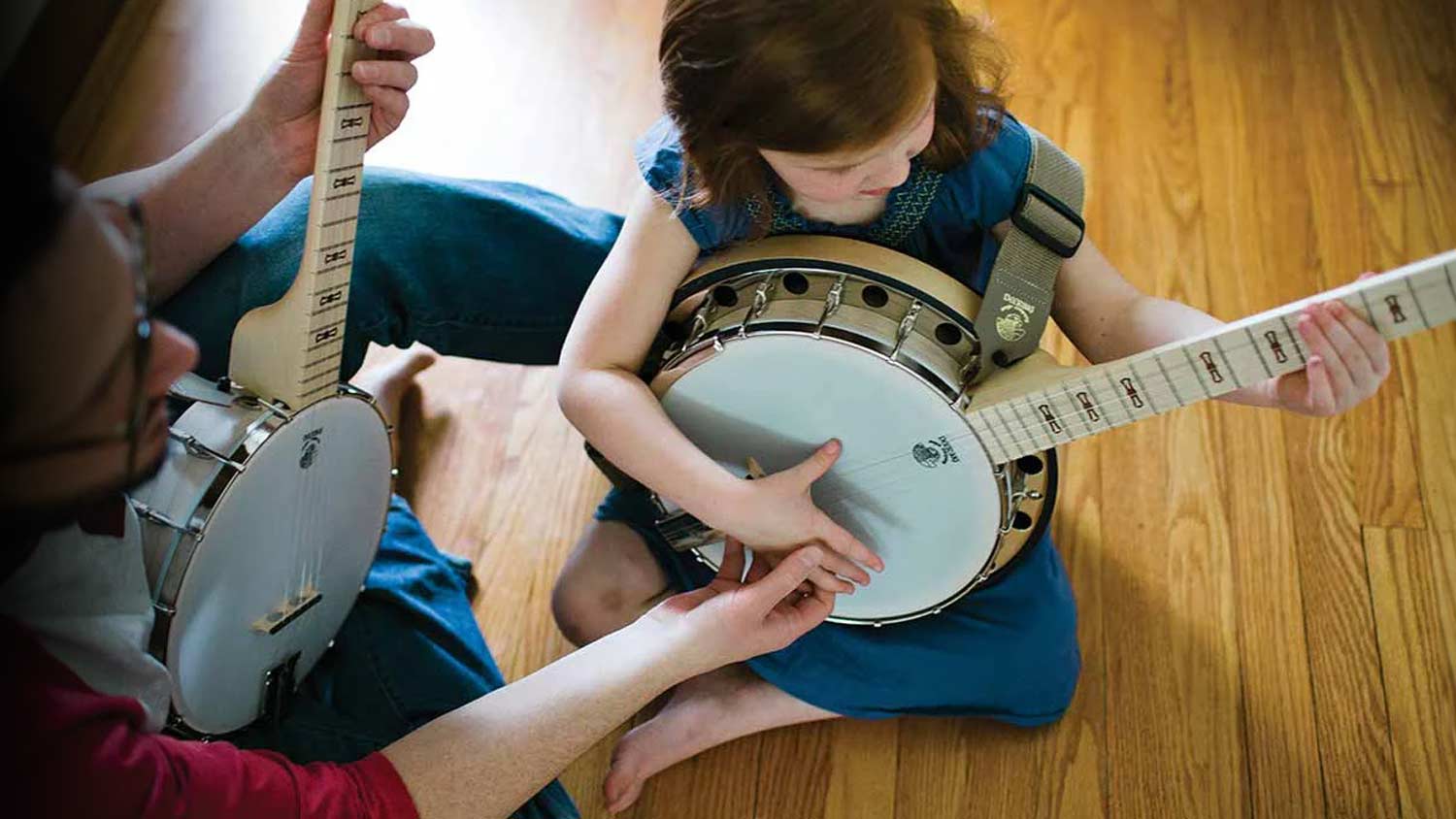



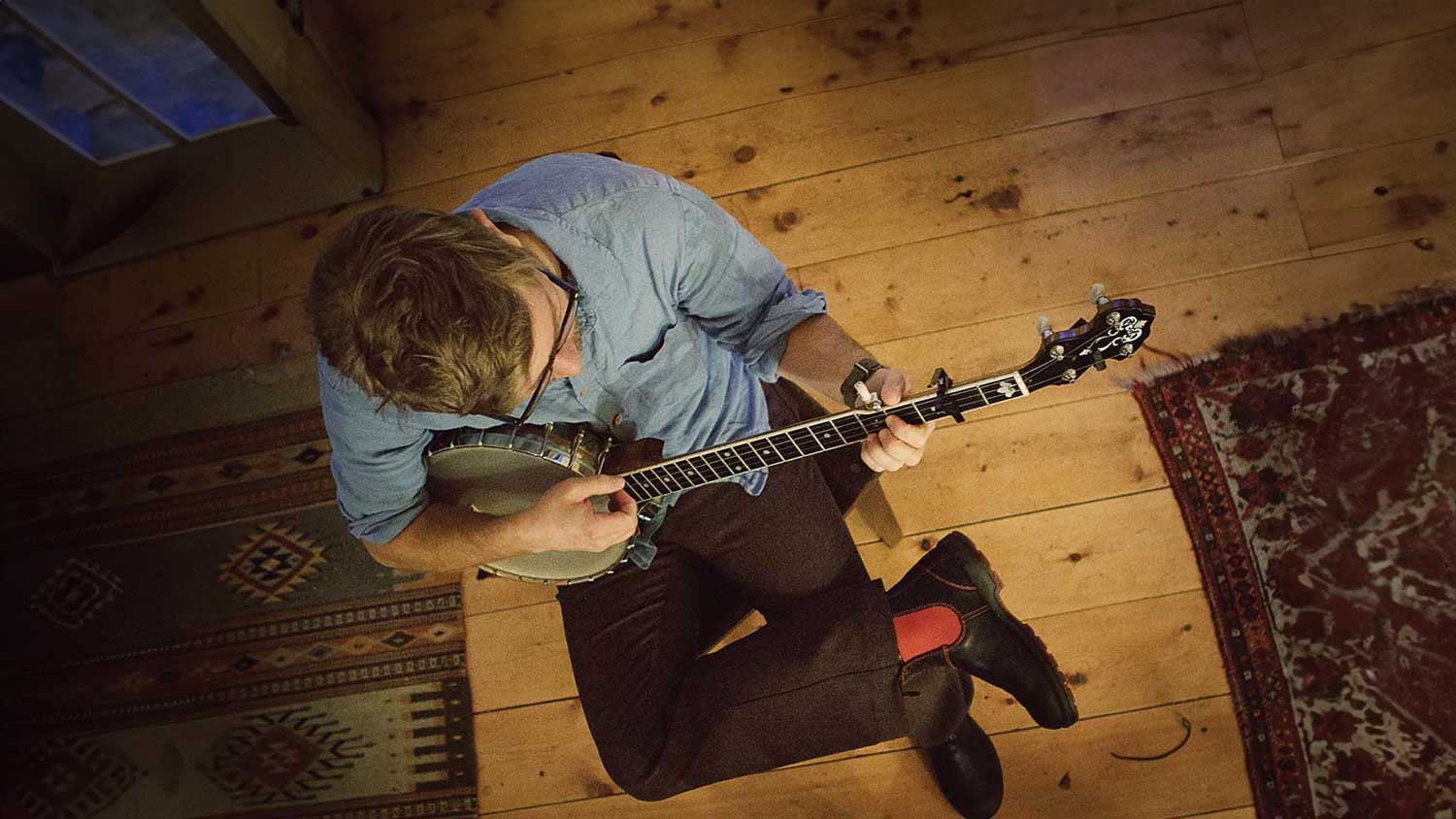
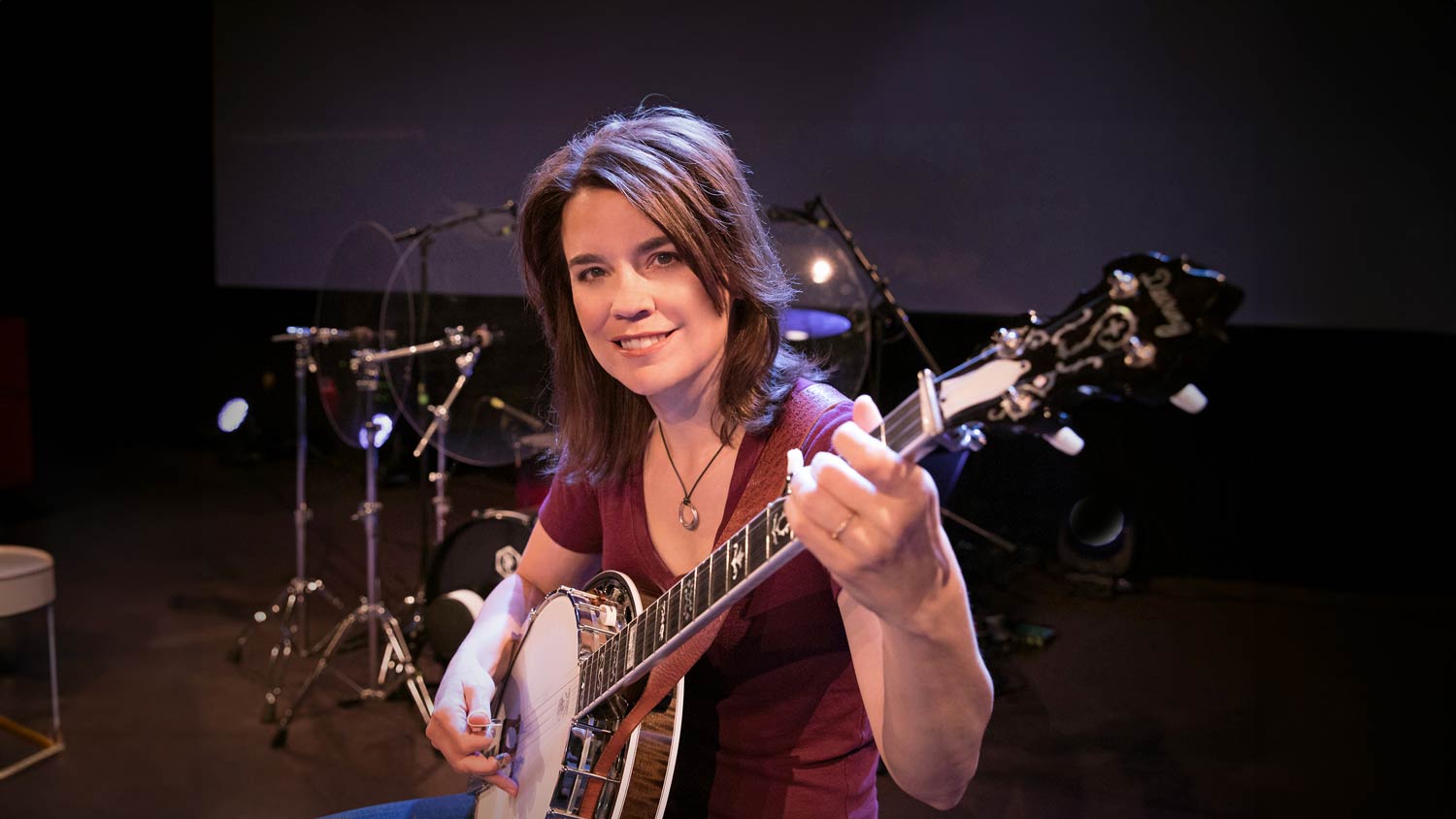

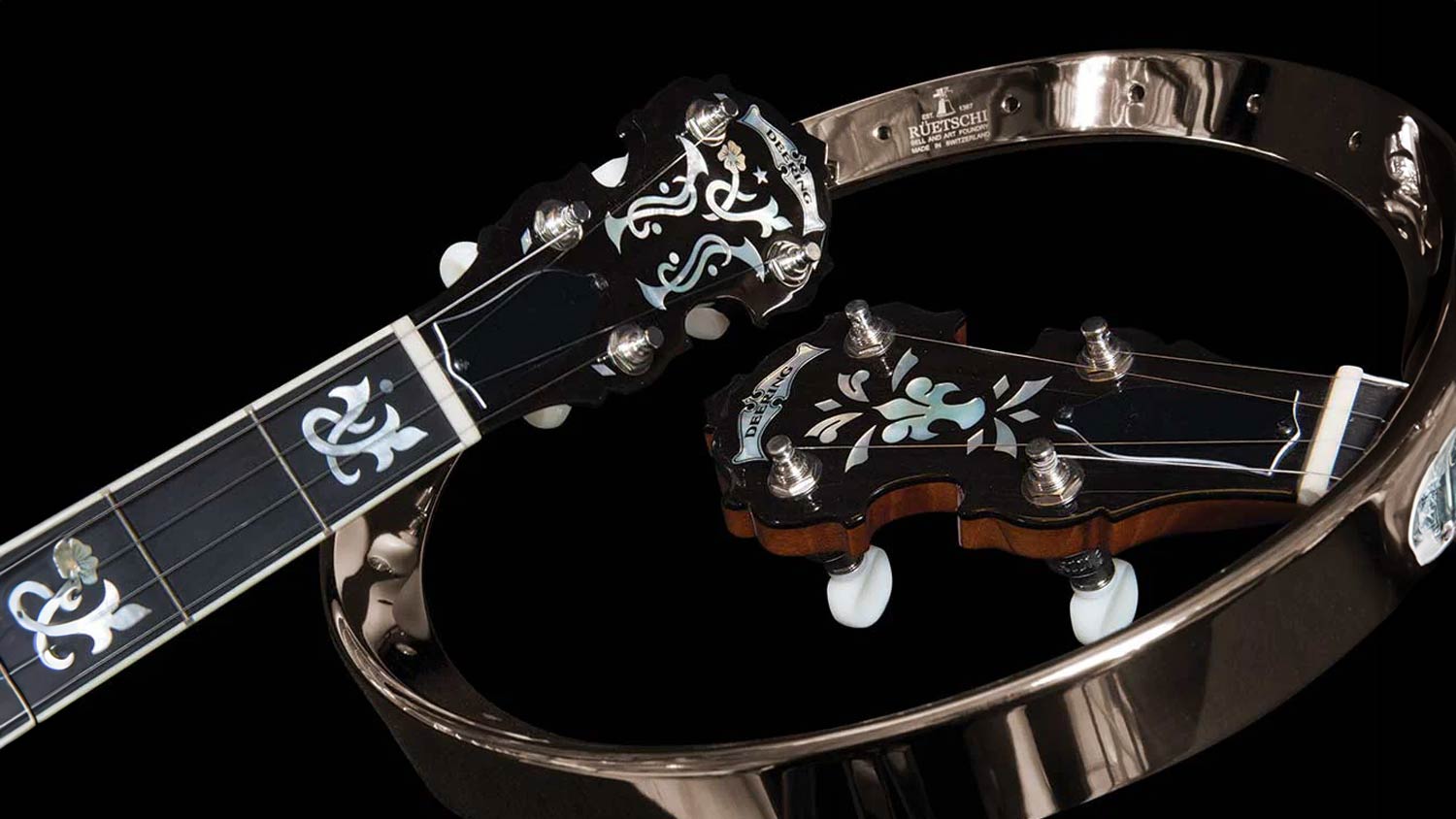

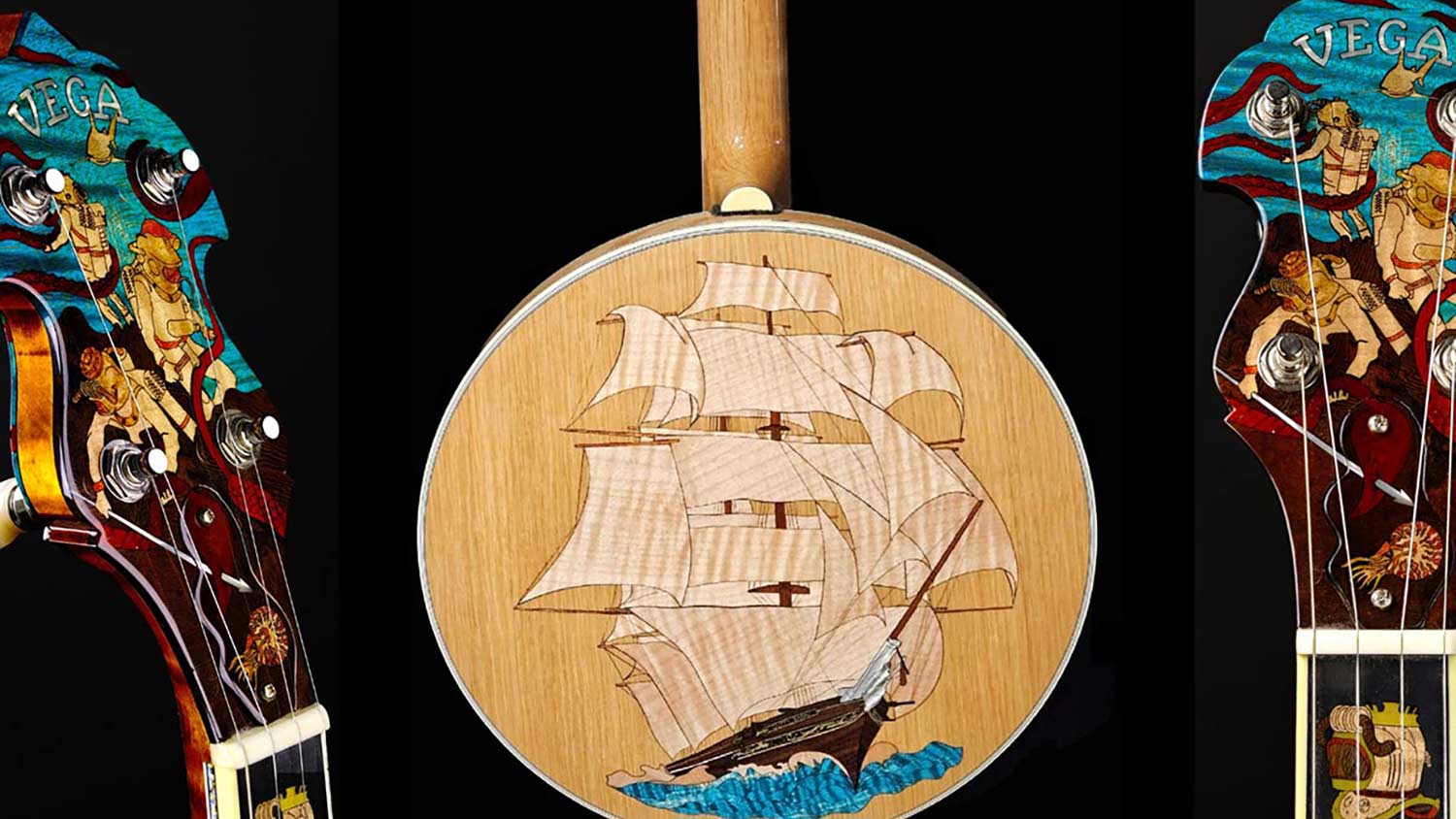





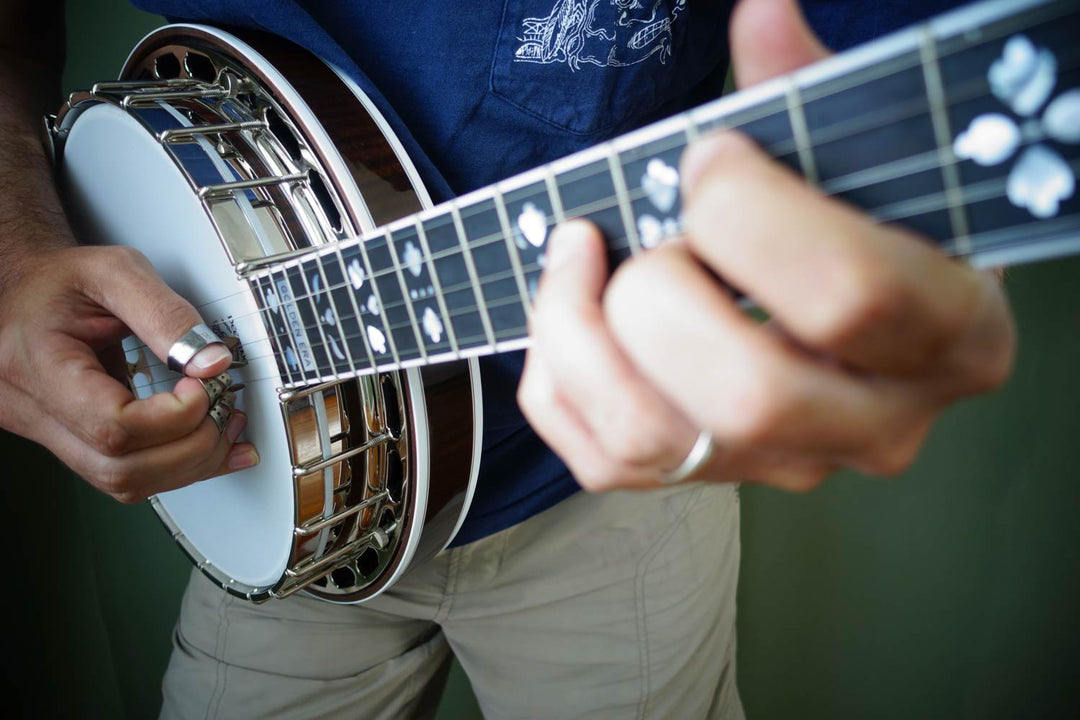
I’ve been playing for a year and, most definitely, feel like I’ve been stuck at pre-beginner for 11 of those months. This was a really positive post. Thanks!
My mother bought me a Banjo for my 52nd birthday. I have played it every day for the last 4 years and actually played on stage in March. My mother is gone now but I feel that connection with her every day while I practice. The Banjo brings a smile to my face and a glow to my heart. Thanks mom for this wonderful gift.
Hi Fran,
I loved the joke about the “exotic dancer”! If you tune the first string, first, and then fret it at the 5th fret, that is the same note you want on your fifth string.
In other words, the first string fretted at the fifth sound like the fifth string when it is in tune. It is easier to tune the first string without breaking it. This will
give you a guide to tuning that 5th string…before you go too far. :-) Of course, experience is the best key and you and I have both had the breaking string to caution
us about going too far. I hope this hint helps and thanks for writing.
Trying to tune my banjo, I have broken more G -strings than an overweight exotic dancer. This of course is the small string. Is there some way I can get the proper sound without it snapping?
Thanks, Chuck, for writing. I would take a look at the third section of the article I wrote this week. The 2-finger DVD I talked about is a simple strumming method that I think you will find easy to accomplish and make you feel good about what you can do on the banjo. Once you gain some confidence that you CAN make music, then you can move on to the other steps like learning roll patterns and simple tunes. With the 25 years of maturity that you have developed over time, you know that “slow and easy” wins the race! ;-) Start with the strumming and then contact me for some EASY books to learn by emailing me at info@deeringbanjos.com. I’d be happy to walk this new journey with banjo with you.
Take care…and keep in touch!
Leave a comment